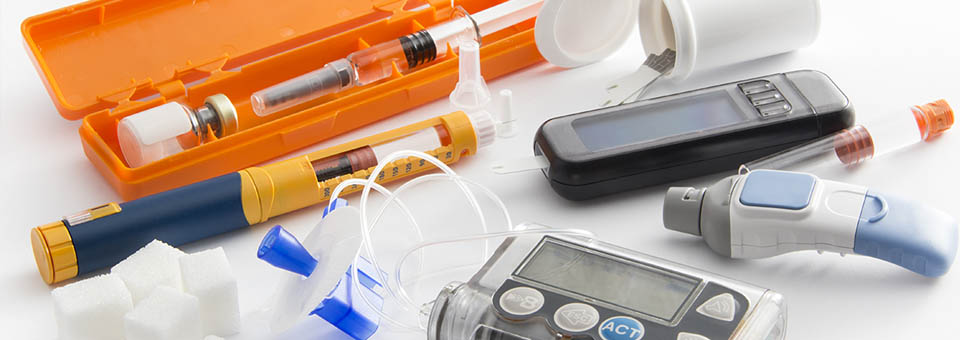When my patient started to weep, I understood… She said, “My doctor told me I have diabetes, and it’s incurable.”
I’ve heard stories like hers hundreds of times since the beginning of my career.
So I told her, you’re not broken. There is no gene for type 2 diabetes. The things we’ve been telling people about diabetes being genetic is just dead wrong.
Research has shown that genetic predispositions for most chronic diseases explain very little about disease.1
That’s because it’s environmental.
The message this woman’s doctor sent her was that there was something broken inside of her. The truth is, we’ve been doing this to her with the abnormal environment we’ve created.
This environmental shift started when our ancestors went from hunting for food, to farming.
I always say that when you solve one problem, you create another. This transformation from a meat- and berry-based diet — what I call primal — to a grain-based diet has left us weak and diseased.
Here’s an example of how much our food has changed…
Wild wheat contained 14 chromosomes. Soon after humans started to grow domesticated crops, hybrid varieties of wheat evolved to have 28 chromosomes. Today’s genetically modified version — what I call a Frankenfood — has an amazing 42!
Dr. Frankenstein may have created a monster. But at least Frankenstein’s monster had the right number of chromosomes.
And you’re no better off if you eat a corn-based diet. Food manufacturers try to sell this plant as a vegetable. But it’s not. Corn is a grain, and today it’s in more than a quarter of all foods sold in grocery stores.
Corn has even made its way into our meat supply. In the U.S., virtually all meat animals — from beef to chicken to pork — are fed grain. So
, by consuming these meats, we are unwittingly consuming even greater amounts of grains.The consequence of this industrialized, grain-based diet is that Americans are fatter, and increasingly more susceptible to chronic disease… Syndrome Zero.
The evidence suggests that by 2065, every man, woman and child on the planet will have Syndrome Zero — unless we act now. It’s not too late.
 |
These chronic diseases are preventable — and reversible.
The first thing you can do to improve your health is to cut carbs, sugar, and processed foods from your diet completely. You can…
Start Today With My “Zero Diet”
I call it my “Zero Diet” because you will follow a zero glycemic index — instead of the typical 30.
The glycemic index (GI) measures how quickly foods break down into sugar in your blood. When you eat foods high on the glycemic index it causes a higher spike in blood sugar and insulin.
I used to say not to eat anything that has a glycemic index of 30 or greater. But my experience has shown that you’ll make faster progress if you avoid anything that will spike your blood sugar — you stay away from it for a while.
My “Zero Diet” Zero Glycemic Favorites
As you start out and want to reduce the glycemic index of the foods you’re eating to zero, there are many favorites I recommend.
- Vegetables like broccoli, cabbage, celery, cauliflower, green beans, mushrooms and spinach are all great choices. Delicious in salads, steamed or roasted.
- Nuts provide protein and are a great energy-boosting snack, in moderation. Reach for almonds, pecans, walnuts and macadamia nuts. Avoid cashews as their glycemic index is 22.
- Protein is another good choice as beef, chicken, eggs, fish, shellfish, lamb, pork… virtually all meats… are zero on the glycemic index.
Once you begin to see consistent results, you can add in other foods that are lower on the glycemic index.
To Your Good Health,
![]()
Al Sears, MD, CNS
P.S. Click here to register for my free video series: Syndrome Zero: The Root of All Chronic Disease.
1. Latham J., Wilson A. “The Great DNA Data Deficit: Are Genes for Disease a Mirage?” Independent Science News. December 8, 2010.

